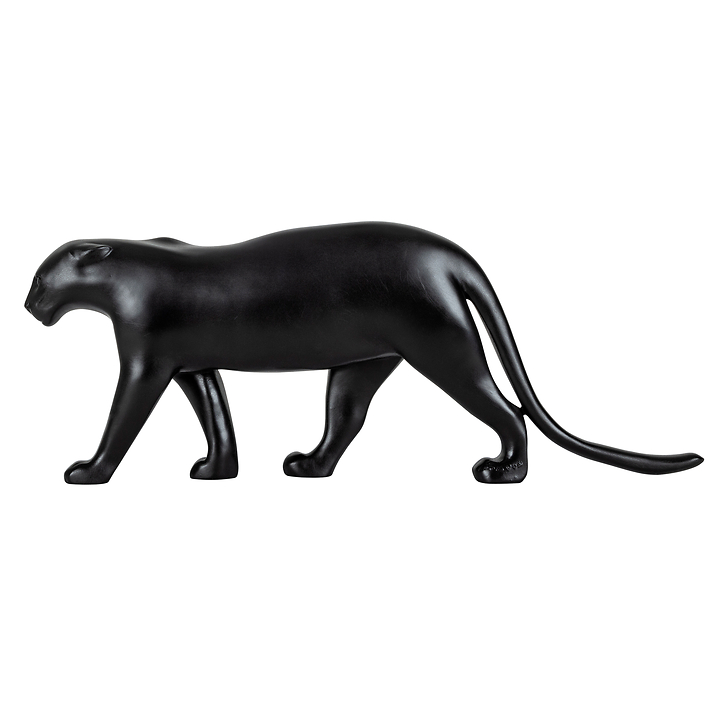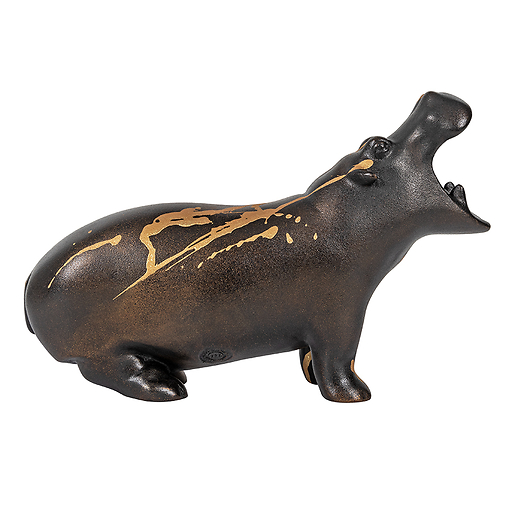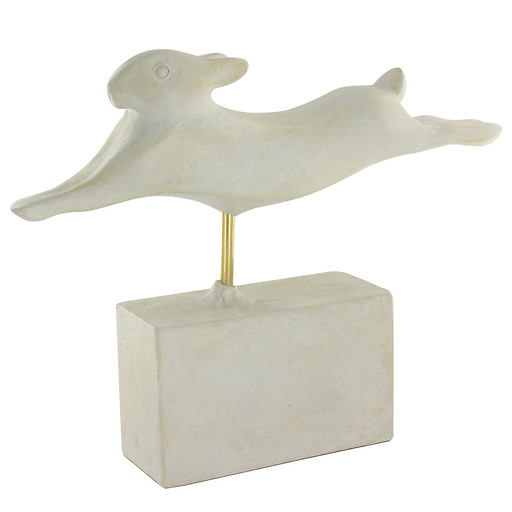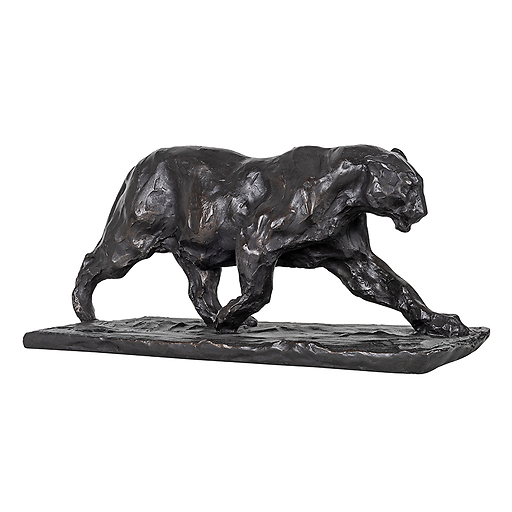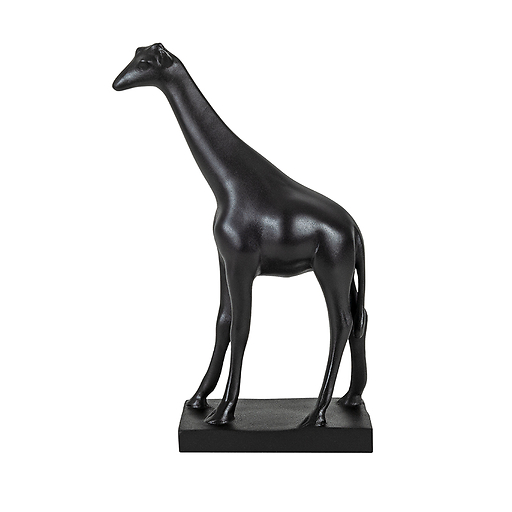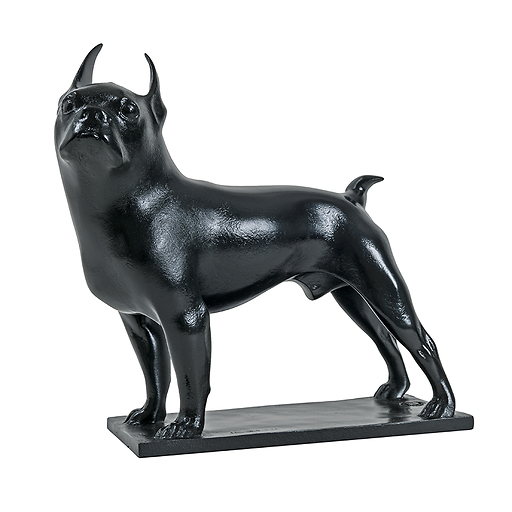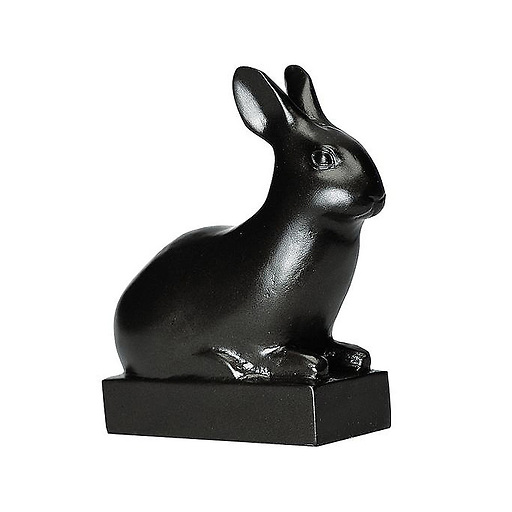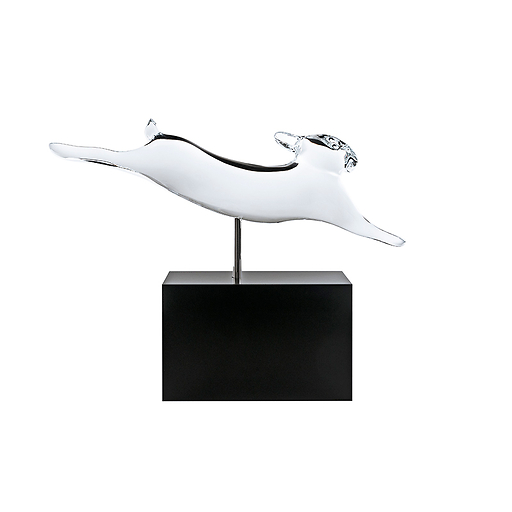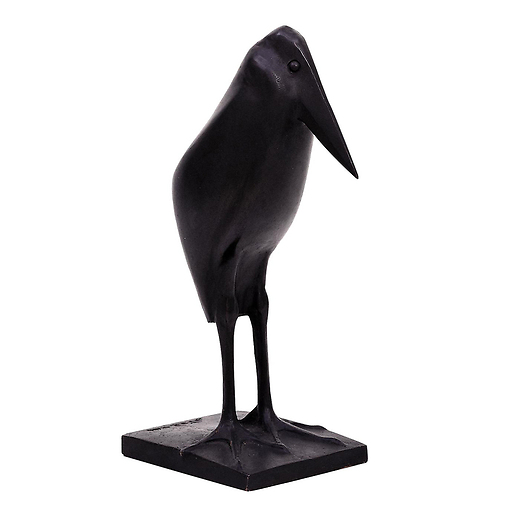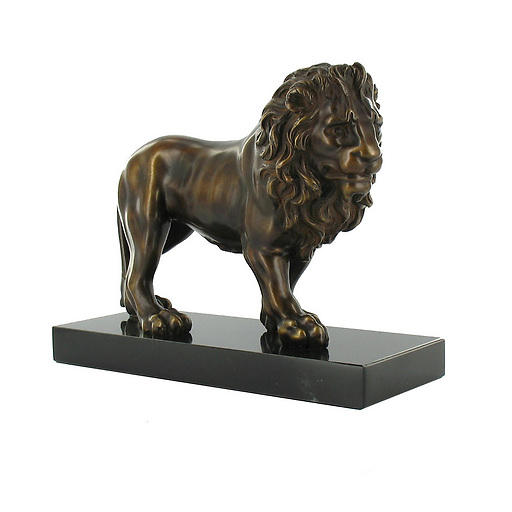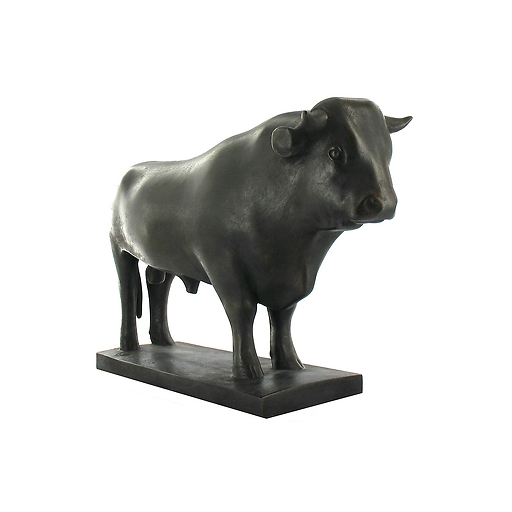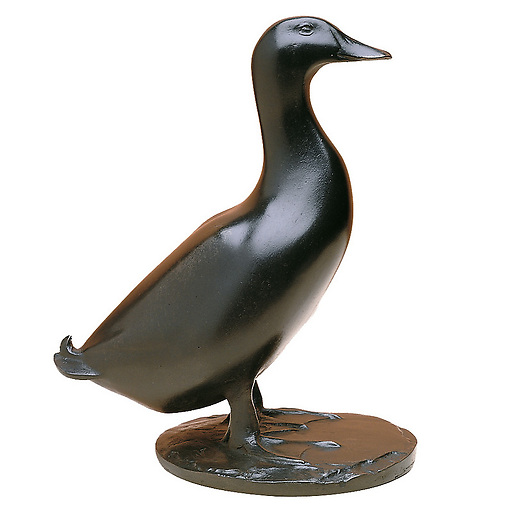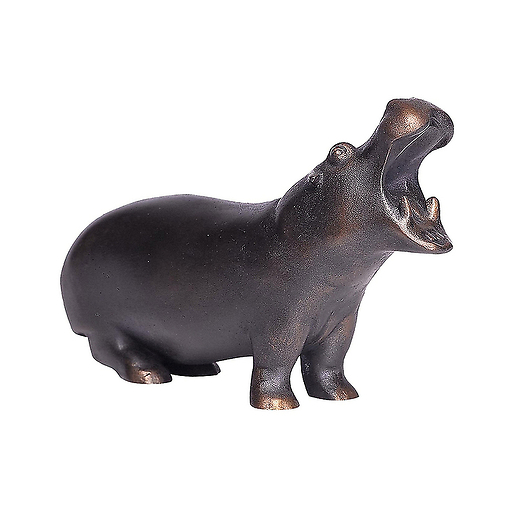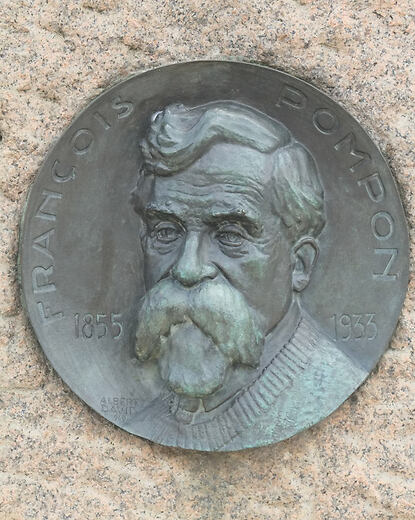Reproduction with hand patina. Mold made from an impression of the original work exhibited at the Musée d'Orsay.
As an observer of animals at the Jardin des Plantes zoo, François Pompon was able to transcribe their movements by eliminating the characteristic modeling of his master and employer, Auguste...
Read more
Reproduction with hand patina. Mold made from an impression of the original work exhibited at the Musée d'Orsay.
As an observer of animals at the Jardin des Plantes zoo, François Pompon was able to transcribe their movements by eliminating the characteristic modeling of his master and employer, Auguste Rodin. The panther's slender profile lends itself particularly well to this simplification of form, as does the choice of monochrome materials: black marble or bronze with a brown patina.
Close

